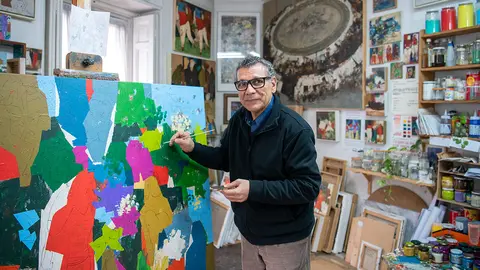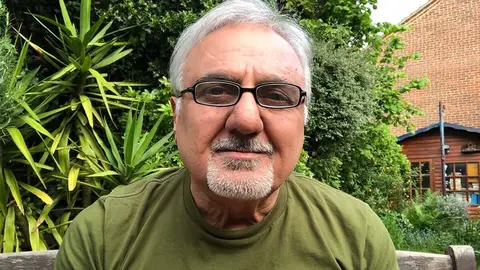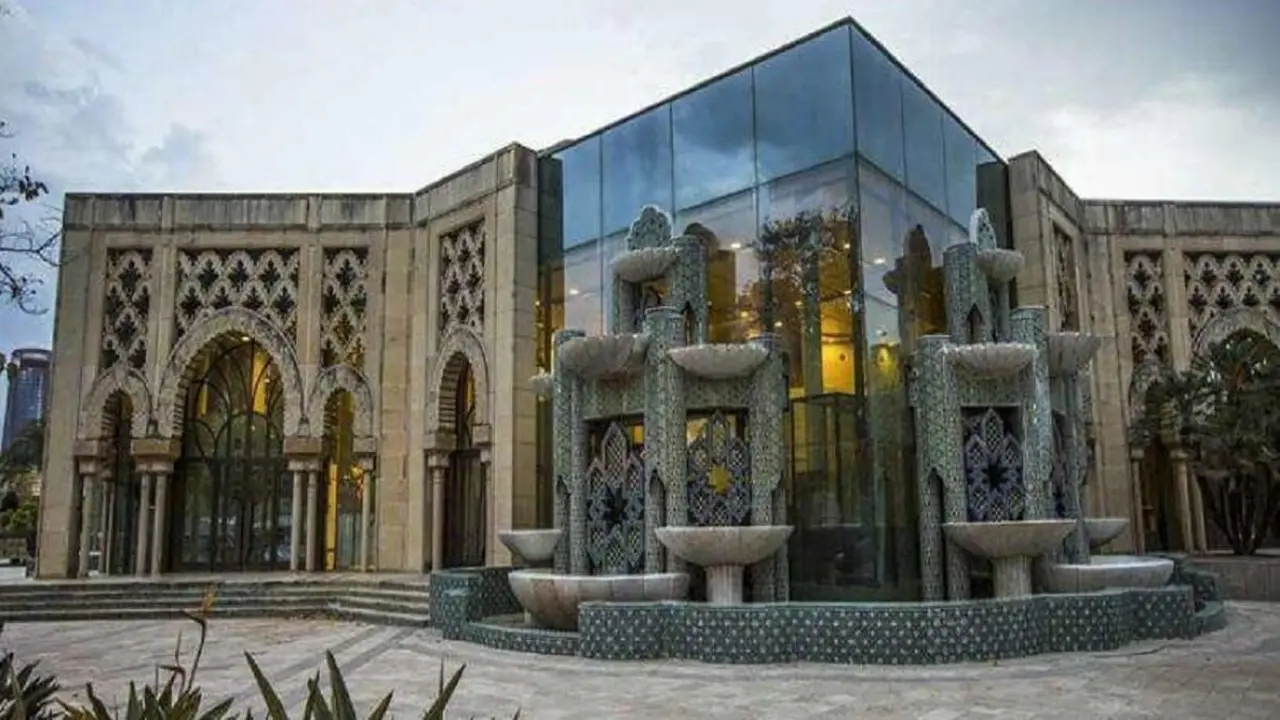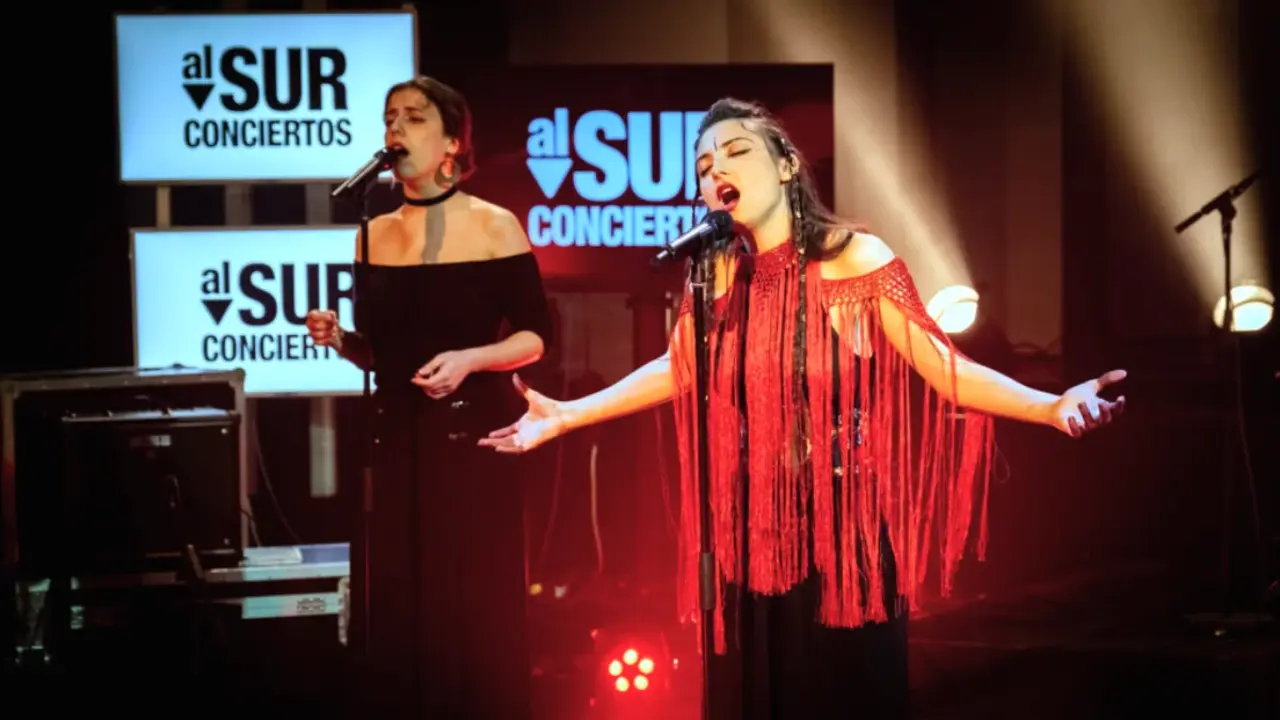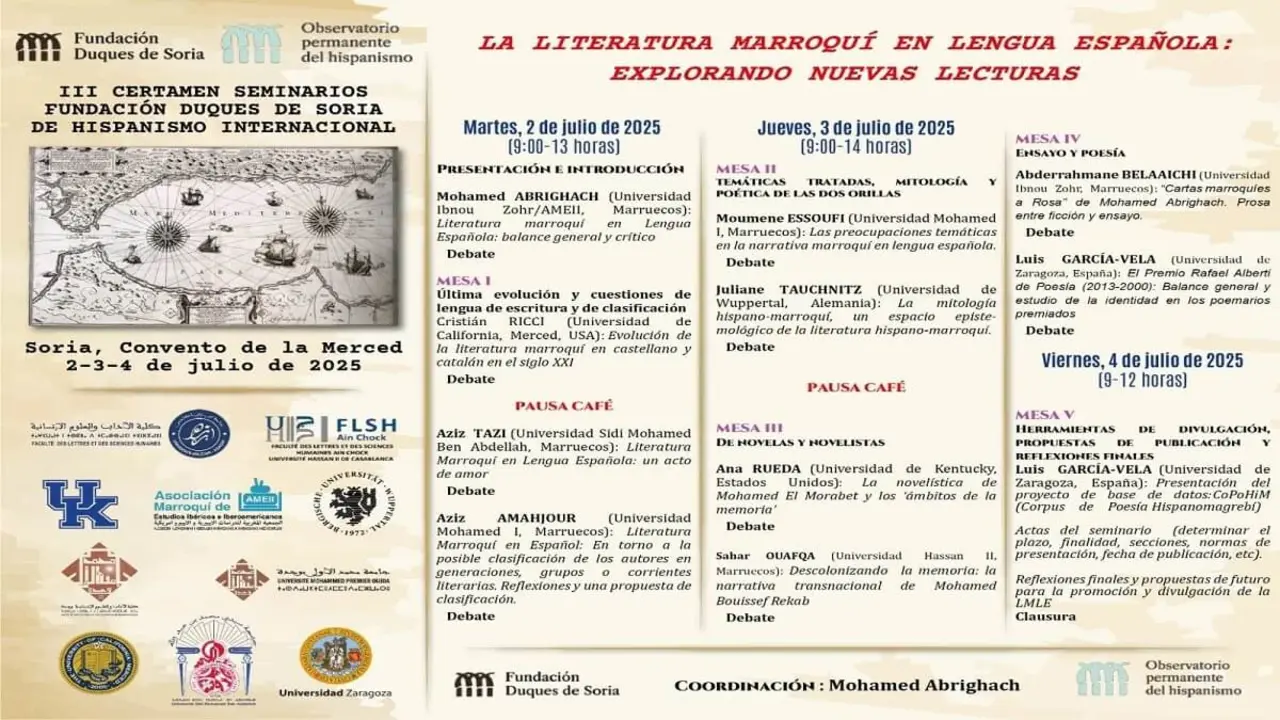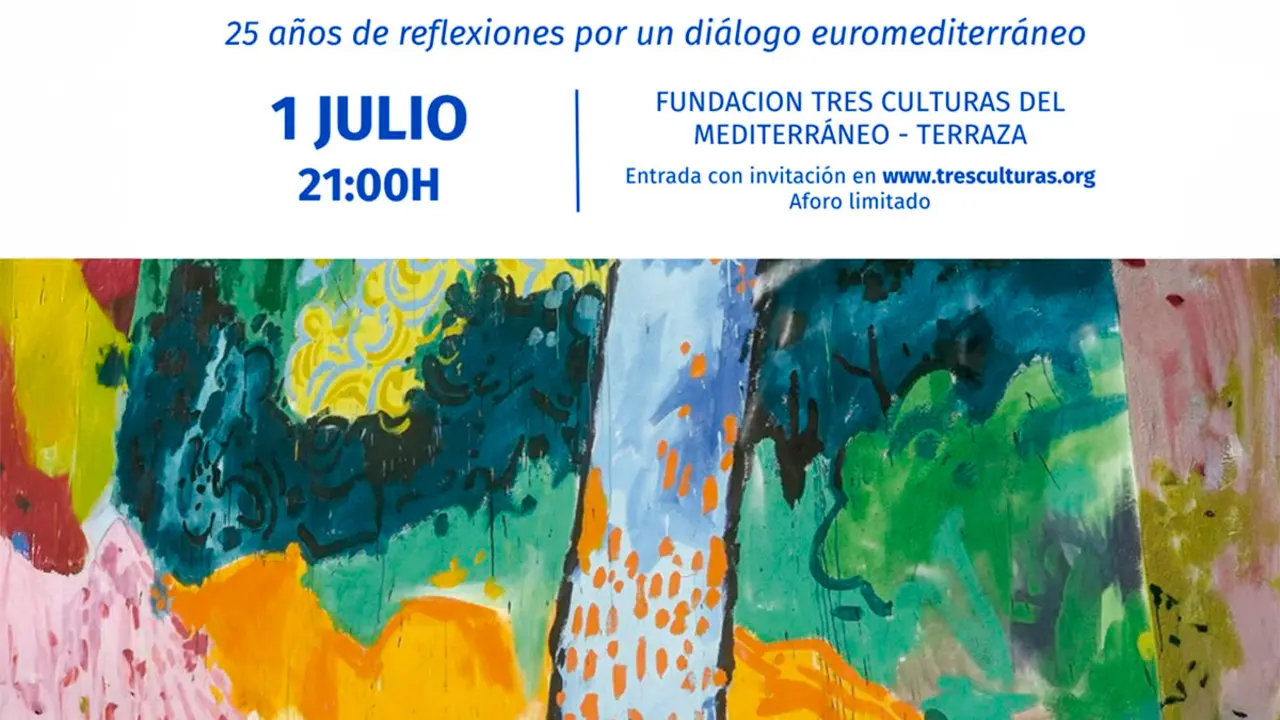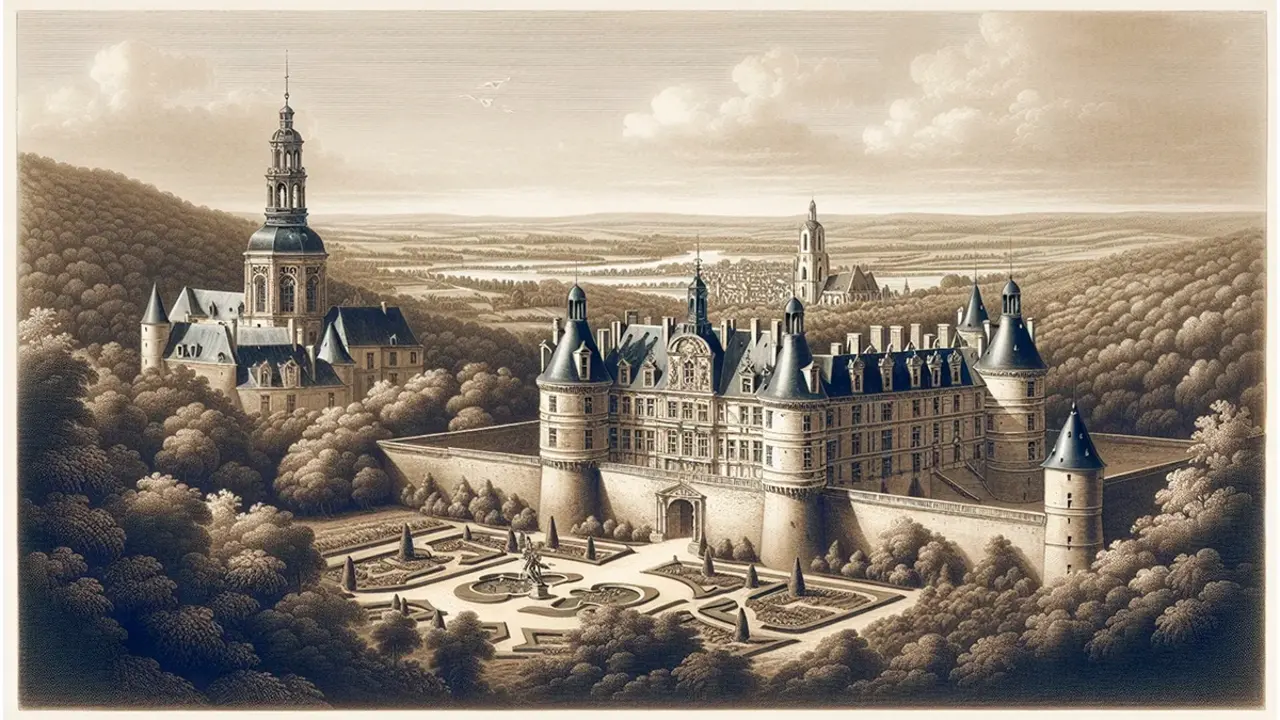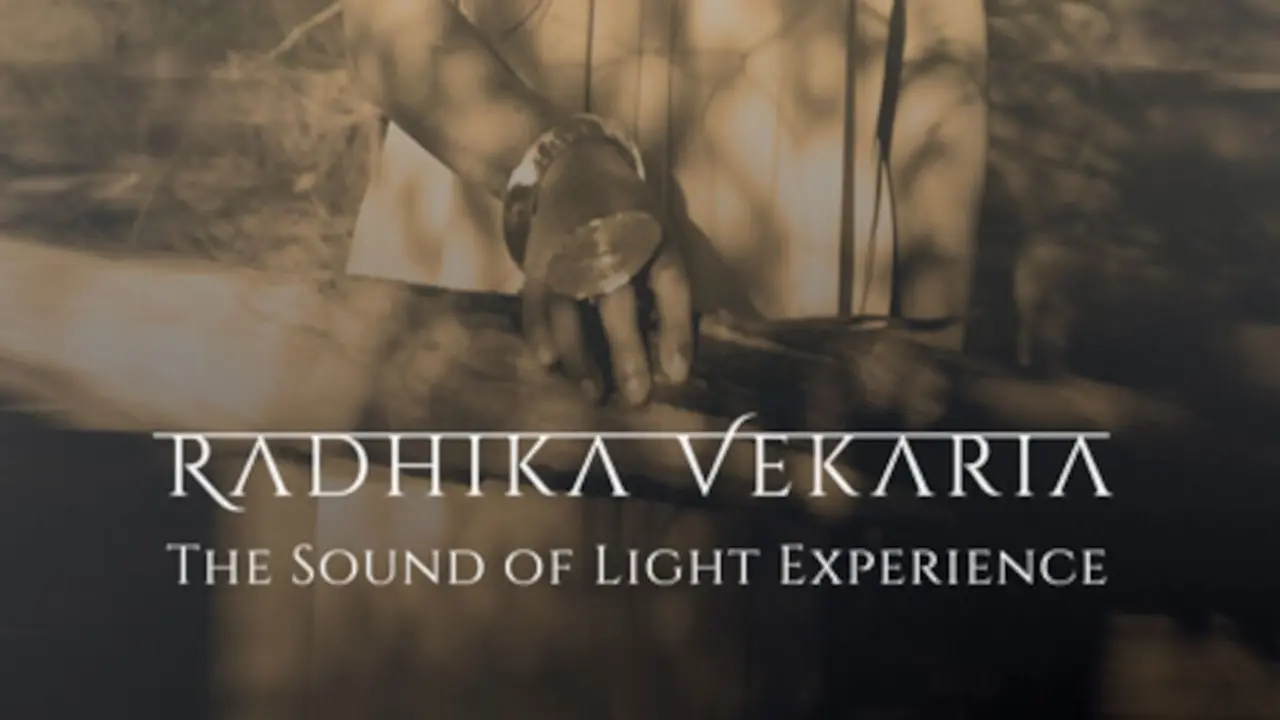Hanoos Hanoos: a life by and for painting

Author: Ana Fernández Parrilla
(Interview published in the magazine Banipal)
Painter, engraver and teacher. Graduate and Doctor in Fine Arts from the Complutense University of Madrid. In 1974 he began his undergraduate studies at the Institute of Fine Arts in Baghdad, finishing in 1979. After travelling to Italy and several European countries, he entered the Faculty of Fine Arts in Madrid in 1984. In 1991 he obtained his doctorate with his thesis on the work of Al Wasiti, graduating cum laude. He also studied Art History, Philosophy and Aesthetics.
He has had 39 solo exhibitions and more than a hundred group exhibitions; he has won several grants, including one from the Ministry of Foreign Affairs and the Hispano-Arab Institute of Culture (IHAC) and 41 awards to date.
Hanoos' work is exhibited in several museums in various public and private institutions, both in Spain and abroad. A Spanish national, he has lived in Madrid since 1981, where he works as a visual artist and teacher.
Hanoos is a great reader of poetry and both Eastern and Western literature, and is a member of the editorial board of Banipal.
Hanoos, you were born in Kufa, Iraq, a city that has been linked to knowledge and literature since its beginnings.
Kufa is a town near the city of Al-Najaf in Iraq, on the banks of the Euphrates River, 173 km south of Baghdad; it was one of the most important cities in southern Mesopotamia, the residence of numerous caliphs, and the capital of the Islamic world before the capital was moved to Baghdad. Kufa and Basra were the first cities to be established during the early years of the Muslim conquest and quickly became important urban centres with an active religious and intellectual life. They are the birthplace of numerous thinkers, philosophers, poets and intellectuals; for example, Al-Mutanabbi, born in Kufa, is considered the greatest Arab poet of all time.
Kufic calligraphy, which is attributed to the city of Kufa, is considered to be the oldest type of Arabic writing, and enjoyed a prominent status as a means of writing the Quran.
However, Kufa would not have been so important were it not for its fertile territory, the presence of the great holy river, and its proximity to the city of Al Hira, located some five kilometres to the south. The city of Al Hira was founded in the early Christian era, where different cultures coexisted; the Sassanids, the Nestorian Christians, the Arabs, and in the late Babylonian period mixed in this region to form the great cultural schools.
Unfortunately, when I was born in 1958, there was nothing left of all that, because with the Mongol invasion in 1258, the whole of Iraq was wiped out. My friends tell me that because I was born in Kufa I have breathed the air of that greatness; perhaps the fact of being surrounded by that cultural environment and drinking the water of the Euphrates may have had some influence on the way I feel today.

What was your family environment like?
The house we lived in was similar to most houses in Kufa and, in general, throughout the Arab world - totally closed to the outside, with only one door opening on the front and two windows of very little use. The rooms, a bathroom, a kitchen and a garden with three palm trees, which supplied us throughout the winter with the delicious dates that I miss so much; it was a feast when they were cut at the end of August. We also had a fig tree and a rustic vertical clay oven where my mother baked bread pancakes every day.
In this space there were domestic animals; goats, chickens, turkeys, ducks, coloured pigeons, cats. Our house was just a few metres from the Euphrates River, so I almost learned to swim before I could walk; because of the proximity of the river we could eat the fish fresh from the water, and even the trout would arrive alive and I would play with them.
Generally, the food in this area and almost all of Iraq is based on a practically vegetarian diet, mainly pulses, rice and a wide variety of fresh vegetables. My mother took great care in preparing these traditional dishes, seasoned with spices and aromatic herbs that gave them an inimitable flavour that is hard to forget, which is one of the best memories of life in my country, as well as the music, and undoubtedly the family environment with my mother's immense affection.

When did you begin to feel attracted to painting, to colour, and become aware of your desire to be a painter?
More than painting, the cultural environment in Kufa was oriented towards literature and other human expressions. My childhood, as I said, was relatively happy mainly thanks to the imagination and dreams that I fabricated in my mind, in order to obtain everything that I could not have materially. I used to watch my teachers when they would expose the different subjects on the blackboard that they used to draw; for me, it was something magical to see how the chalk moved. I wondered how I could do something similar, and from that moment on, the dream of being a painter awoke in me; in fact, painting has been and is for me like a small refuge that isolates me from everything I don't like. I was lucky enough to have a distant cousin who was a great painter and I began to help him. I learned to use oil paint, the first time I smelled it I was fascinated by the smell.
For me painting has been and is a vital necessity, I have always been very shy, now not so much because of my age, but I wanted to do something that I could do on my own, something that was not collective. I wanted to occupy my time quietly, without needing others. I have realised that painting is a world, not just painting or not painting; for me painting is a way of life.

You have pointed out the "vital need" to paint. How did you manage to realise it?
Encouraged by a teacher who perhaps saw something in me, I decided to study Fine Arts, which is why I had to move to Baghdad. I was fortunate that my family did not object to me studying this career and I had to move to another city.
In Kufa we lived in a humble way, but in Baghdad an uncle of mine, my mother's brother who held a high position in the administration, gave us a house with a garden, built in the European way, about ten metres from the Tigris River. It had all the comforts, a fridge, television and all the things needed in a house. My room was upstairs, in a large room, and my relatives did not know whether I was there or not at mealtimes, as I was painting in silence with the radio on. During the summer months I copied the impressionists. The house had two floors, a garden on both sides, but no palm trees, no pets, which made me homesick for the intimate and warm world of my home in Kufa, but I felt compensated because I had the opportunity to do my studies. As I have not been a very sociable person due to my exaggerated shyness, my most real experiences had little to do with the environment and the lives of others; I poured my fantasy and my imaginative world into that lyrical and magical universe that I would have liked to live in reality, and as a consequence, for me painting was the medium that allowed me to transform the notion of my space.
Accustomed to Kufa, a place of calm and close neighbourliness, where hardly any cars circulate, it took me a long time to get used to this new life, to the chaotic traffic where moving from one place to another required a lot of time. On the streets, crowds of people everywhere. I sensed that it was not going to be an easy journey, immersing myself in a city so different from what had been my usual environment. For all these reasons I felt totally out of place, but the desire to train myself was so great that from a very young age I knew that painting was the right path, where I could project my sensitivity and my capacity for invention. Thanks to this vital need to study, I was able to overcome all these obstacles and I put all my passion and enthusiasm into painting.
Once in Fine Arts and in the first days of the academic year, I was surprised to share classes with students from different cities, customs and religions of Iraq, and even some from other countries. One of the things that surprised me the most was to observe that women went uncovered in the streets and on university premises; I had only seen them uncovered in the homes of my closest relatives and in enclosed spaces. The contact with colleagues was very enriching.
I entered the Institute of Fine Arts in Baghdad in 1974, with curricula similar to those of European academies and faculties, except for some subjects that were not taught in Europe, such as geometric ornamentation and Arabic calligraphy. What I liked most was to study Western art such as Impressionism and Cubism, movements for which I have always felt a great affinity. Classical painting did not appeal to me too much, I made copies of the masters I liked the most, mostly impressionists. It was a very enriching period, and I specialised in painting. When I started my degree I was one of the worst students, but I ended up in the top ten by making a great effort. I was lucky that all my teachers were recognised artists, they didn't correct in an academic way, they gave me freedom, which was very important for me, because I received free, contemporary and non-academic teaching. This was very important for me, because I received free, contemporary and non-academic teaching. In the fourth and fifth years of my degree I began to participate with my teachers in several exhibitions, most of them held at the Museum of Contemporary Art in Baghdad.

At that decisive moment in your artistic career, you decided to come to Madrid. Why?
Once I finished my training in Baghdad, I decided to pursue higher education outside my country to broaden my knowledge. I have always had the need to learn, and now at sixty-four years of age, I am still like a child who wants to continue learning and discovering new experiences. Although I had previously visited Rome, I finally decided to come to Spain. My decision to take up residence in Madrid was motivated by the vital need to live in a country with a stable political situation, which would give me the opportunity to have a quiet life, without any shocks, and allow me to devote myself entirely to my great vocation and to find the shelter and protection I felt when I left my mother's side.
In Iraq I met a friend who had studied in Madrid and spoke highly of the Faculty of Fine Arts at the Complutense; he also had a cousin who was a businessman in Spain, so I decided to come to Spain.

What was your first encounter with the city of Madrid like?
I arrived in Madrid in 1981. It was a frontal shock: I found myself in a very different culture, of which I knew very little or almost nothing, and I didn't speak any Spanish. Not knowing the language was a major handicap, as I couldn't communicate, especially in the first two years, and obviously I began to study Spanish in an academy, learning in the street and also on television.
At the beginning of the 1980s, Madrid, like some Spanish cities, was in the process of opening up to new trends from abroad. There were very few foreigners and La Movida madrileña welcomed me with open arms, although I didn't understand what was going on, with so many cultural activities and so much freedom. For me it was enough to live in a country where I could exercise my activities freely.
Obviously I didn't participate in all the activities of La Movida, especially because of my strict upbringing and to keep my values. I was fascinated by the political and economic changes, which motivated me and gave meaning to my work.
With a friend I visited the Museum of Contemporary Art, as the Reina Sofía did not exist at the time; I had only seen the paintings reproduced in black and white, and I felt nervous about being in front of the original works. I began to visit the art galleries and foundations where modern and contemporary painting was exhibited; I spent hours and hours contemplating the works of great artists, Picasso and Juan Gris with their radical proposals, and Miró's surrealism with its meticulous chromatic fragmentation, as well as works by other Spanish and foreign painters; it was like a dream. However, I did not have the same feeling when I saw classical art for the first time. In fact, it took me a long time to visit the Prado Museum. I used to go alone, to live this experience, to enjoy it intimately, and to be able to stay as long as necessary.
The artistic movements that had the greatest impact on me were the avant-garde movements, fundamentally Cubism, which with its radical proposal revolutionised the foundations of plastic creation during the first decades of the 20th century. I was faced with a new and innovative look, of enormous modernity, an impressive aesthetic that interested me very much, the presence of the line, the use of colour, the composition, the fragmentation of objects, the dissolution of forms to the point of making them unrecognisable. From this stage onwards I began to live in direct contact with the art world and my activity was incessant.
In 1982 I entered the Faculty of Fine Arts at the Complutense University of Madrid, awaiting the validation of my studies. I did a course and when the validation came through they put me in fifth year, but with the obligation to study several subjects that were not included in the Baghdad programme.
I came with a lot of money from Iraq. At first I stayed in a guesthouse near Puerta del Sol, and I was able to stay there for a year in peace and quiet. I made friends with the owner who kept lowering the price and letting me cook in the room. I bought papers, began to draw and paint in colour; I made many paintings that I still have.

To survive materially, what did you do when your savings ran out?
I asked myself: what do I do now? Then some friends told me that I could enter painting competitions and that, if I won prizes, it would be a source of income. I could already get by better in Spanish, but understanding the rules was complicated; a friend read them to me so that I could apply. At first I was rejected, but then they gave me my first prize with a large amount of money that allowed me to live. I realised that my work was valid, that it generated interest. We are talking about around 1984. The Spanish state also gave me up to seven years of scholarships, and with that and the competitions I could live very well; I rented a house, and I didn't stop working and studying.

When you validated your degree, you decided to do a doctorate in Fine Arts.
I decided to do a doctoral thesis on the painting of a renowned 13th-century Arab miniaturist, Al-Wasati, a leading member of the Baghdad School. I spent three years researching his work focusing on drawing in his oeuvre, and I made a comparison between his paintings and my own, because, although I have developed my career as a painter in Spain, I have never wanted to detach myself from my roots. Through the synthesis of forms I seek a meeting point between an abstract concept and a figurative one, using geometry and the qualities of colour to interrelate spaces and places, superimposing frontal or opposing points of view, fusing apparently opposing traditions of different perspectives, united to create a space of my own and reveal this complex spiral of perspectives.

What ideas have your studies in Philosophy and Aesthetics contributed to your artistic project of "fusing seemingly opposing traditions"?
When I finished my thesis I was working as a scholarship teacher at the Faculty, but I didn't continue to do so because I wanted to continue painting, since I was winning prizes and everything I did was sold.
As I was naturally immersed in the different plastic trends, when I finished my thesis in 1991 I decided to study Art History, Philosophy and Aesthetics; I took the courses freely at the Juan March Foundation, at the Reina Sofia and at the Prado Museum. From 1995 to the present day I have not stopped studying. I have attended, without exaggeration, more than a thousand art conferences, which has given me a lot of knowledge and has allowed me to value and love painting more, as the painter that I am. This knowledge is what I try to pass on to my students, in order to stimulate their creativity.
During all this time I have accumulated new experiences and, as is logical, new realities have appeared. I have not stopped researching deeply in the discovery of my own technique and of a personal language, freeing it from a purely descriptive role and endowing it with new energies.
This acquired knowledge has helped me to research Arab-Islamic art and culture, to which I belong; I believe that it has its roots in classical Greek thought, like European art. It is certainly not a culture of the image as it is in the West, but of the word. Although there is no express prohibition against depicting figures in the Koran, there is a strong condemnation of idolatry.
Plato said: "If you copy an image as it is, you are making a copy of a copy, therefore it will depart from its truth". I never painted images photographically: I am an iconoclast, and I have come to realise this by studying Plato. I wrote a short essay entitled "From the Euphrates, the image as destiny", in which I argue that the prohibition of the human figure in Islamic art does not stem exclusively from a religious theme, but from a knowledge of Plato's ideas.

What changes occurred in your artistic taste as a result of these studies?
I became interested in Renaissance painting. I was so indifferent to the classics that it took me five years after my arrival in Madrid to visit the Prado Museum. Then I visited it very often; obviously I recognise the great merits of the Renaissance in general, its wide-ranging cultural action as a result of the dissemination of the ideas of Humanism, vindicating certain elements of Greco-Latin culture.
What have you been working on lately?
During all this time I have accumulated new experiences and, logically, new realities have appeared. I have not stopped researching to find my own technique and a personal language, freeing it from a purely descriptive role and endowing it with new energies.
My work has been produced in series, at times originated by a literary, sentimental or social restlessness. I have been working on the theme of The Thousand and One Nights for two years now; I became fascinated by its stories, and meeting Samuel Shimon and other Arab writers led me to do more and more research on the subject. In fact, I am a member of the editorial board of Banipal magazine.
From 1981 until today you have not stopped working and painting. You have 41 national awards, 39 solo exhibitions and hundreds of group exhibitions. You have produced more than 4,000 originals and hundreds of drawings. How do you see your career in the future?
I humbly hope for more official recognition. I hope that this generation and future generations will recognise my work, although the recognition already exists; my paintings are being studied in some universities, and this year I am participating in a seminar at the Reina Sofia Art Museum called "Other Contemporaries". Several artists from the East will take part: from China, Japan, myself representing the Arab world; I think I will be one of the few Arab artists to give a talk on their work there. My wish is to continue working, evolving and above all to continue acquiring knowledge and training. I hope that my work can be richer and through it generate new ideas and reflections, not only in the present, but for the next generations.

